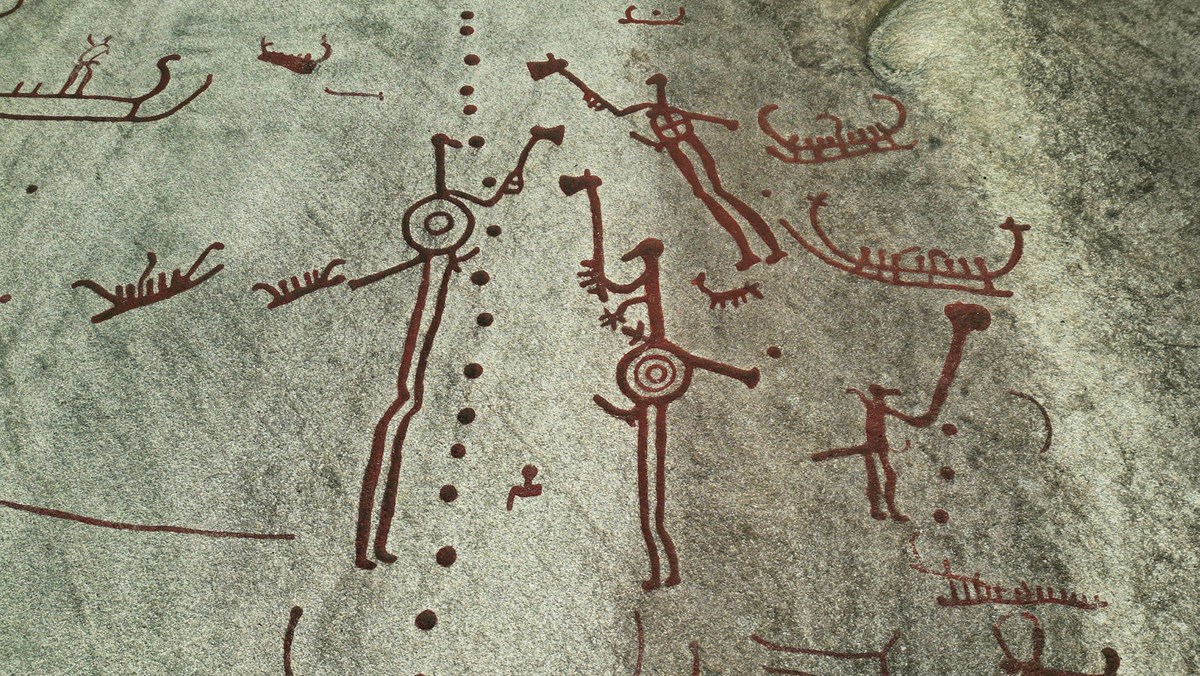Bronze Age bones tell of murder

If you thought that the Bronze Age was a time of touchy-feely, love, peace and freedom - forget it! Skeletons tell us of brutal violence, infanticide and mass graves.
Spear wounds were a common cause of death. Victims have been found in normal graves as well as mass graves, where it seems entire families had been murdered. In one mass grave at Sund in Nord-Trøndelag, Norway, skeletons from at least 22 individuals have been found. Half of them were children under 15. Several of the skeletons show injuries from violence that the people survived. One middle-aged man, for example, had his lower back smashed by a heavy club and survived, only to be killed about ten years later by two spear wounds to the groin.
Stabbed in the back
Remains from a battle that was fought at the beginning of the Bronze Age 3200 years ago have been found along the banks of the river Tollense in northern Germany. The bones of hundreds of individuals have been unearthed. At one of the archaeological sites, 1478 bones, including 20 skulls, were found in an area of 12 square meters. People fought with bows and arrows, clubs and spears. Crushed skulls and the flint tips buried deep in the bones bear witness to violent conflict. Many of the wounds on the skeletons indicate that people had been attacked from behind while trying to escape the slaughter.
Killed by a spear in Brastad
Armed people are a very common motif among rock carvings. Weapons include swords, axes, bows and arrows and spears, although we rarely see them actually used in battle. There is one exception, however, in a scene from Brastad in Bohus county, where we see one person thrusting his spear into another person, who is armed with a club. This is the oldest known portrayal of a killing, probably dating from 1500-1100 B.C.






